Fort Drum likely to be spared if Trump raids military funds for wall
TIMES UNION
Dan Freedman Updated 9:05 pm EST, Monday, February 18, 2019
WASHINGTON — The White House announcement last week that it would seek to divert $3.6 billion in military construction money for U.S.-Mexico border wall construction under President Trump’s “national emergency” declaration sent lawmakers scrambling to find out if local projects would take a hit.
Fort Drum, the sprawling 168-square-mile Army post outside Watertown, appears safe for now.
A House Appropriations list of vulnerable projects does not include Fort Drum, home of the 10th Mountain Division.
But Rep. Elise Stefanik, R-Schuylerville, and Watertown-area boosters of Fort Drum are taking nothing for granted.
“The House needs to work together on a bipartisan legislative solution to fund comprehensive border security,” said Stefanik in a statement Monday. “I will continue to advocate that all Fort Drum projects be fully funded and appropriated.”
Stefanik, a member of the House Armed Services Committee, is emphatic in her continued belief that Fort Drum is the ideal location for an East Coast missile site.
RELATED: Stefanik continues push for Fort Drum missile site
Now in her third term representing the North Country 21st Congressional District, Stefanik has made preserving Fort Drum a top item on her legislative agenda.
Fort Drum is the largest single employer in upstate New York, with 15,110 soldiers and 3,722 civilians working on or near the post, and a total economic impact above $1.2 billion — a huge asset for the rural area between the Adirondacks and the Thousand Islands area of the St. Lawrence River.
Tom Carman, chair of the Fort Drum Regional Liaison Organization, said he did not want to comment without seeing details of Trump’s plan. But, he said, “there is no doubt Fort Drum has seen significant improvements over the past few years.”
Among the potential losers among military installations in New York is the U.S. Military Academy in West Point. The House Appropriations Committee’s list of vulnerable projects includes $160 million for a parking structure and engineering center at the academy.
“It doesn’t matter if you support building a wall or not,” said Rep. Sean Maloney, whose district includes West Point. “We can’t steal funding from the next generation of military leaders to do it.”
Fort Drum is by far the largest military installation in the state. The Air Force operates a virtual airport on the premises with a 10,000-foot runway ready to take troops to battle zones within 96 hours of notification. Along with Alaska, it is a prime point for cold-weather training for the Army, Army National Guard and reservists. The 10th Mountain Division has regularly rotated in and out of Afghanistan, and other points overseas.
In an era of increasing military base closures, Fort Drum got a new lease on life in 2015 when President Obama’s then Secretary of Defense, Ashton Carter, traveled to the post to say, “Fort Drum isn’t going anywhere.”
With its military purpose assured, the Army Corps of Engineers in 2017 awarded construction contracts totaling $22.2 million, up almost 10 percent from the year before.
President Trump traveled to Fort Drum to sign the annual military authorization bill last year.
Trump unveiled the emergency declaration after Congress last week approved appropriations for the Department of Homeland Security that included $1.375 billion for the border, but no wall. Both parties were eager to avoid closing the government on the heels of the 35-day shutdown over the wall, which ended Jan. 25.
Trump said he was “not happy” with the deal.
After announcement of the emergency declaration, Trump’s chief of staff, Mick Mulvaney, told reporters that notwithstanding Congress, the president ultimately could have more than $8 billion to draw on for the wall — including $3.6 billion diverted from military construction.
Trump’s declaration is likely to be challenged in court and may never see the light of day. Late Monday, 16 states including New York launched the first major legal challenge to the president’s attempt to use emergency powers to fund construction of his border wall. Democrats and many legal experts say it flies in the face of the clause in the Constitution that states: “No Money shall be drawn from the Treasury, but in Consequence of Appropriations made by Law.”
Stefanik voted for the funding agreement last week and criticized Trump for attempting to build the wall via declaration of a national emergency.
“I believe that declaring a national emergency is the wrong decision and will be challenged in the courts,” she said last week.
Sen. Tim Kaine, D-Va., Hillary Clinton’s running mate in the 2016 presidential race, wrote a letter to acting Secretary of Defense Patrick Shanahan stating that the military has a maintenance backlog of $116 billion, and also that 23 percent of its facilities are in “poor condition” and another nine percent are in “failing condition.”
“I am concerned that a project that the President stated would be paid for by Mexico will now be borne by service members and their families,” he wrote.
Read this article at TimesUnion.com





